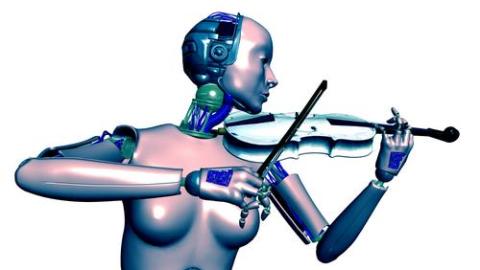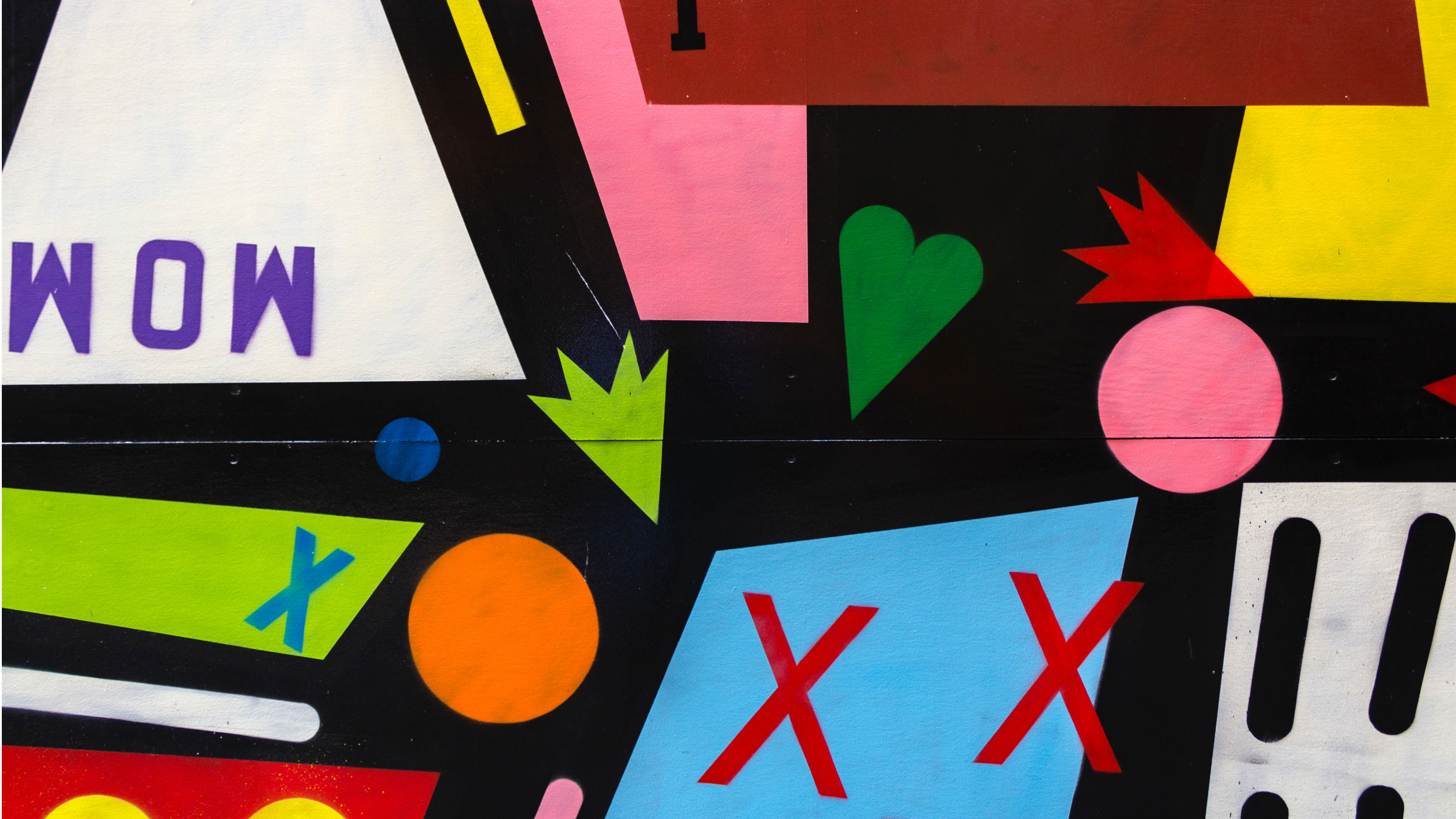Can We Automate Creativity?

What’s the Latest Development?
In 2004, New Zealander Ben Novak went from being a musical unknown with no industry connections to a top-10 hit across European radio stations. Rather than owing his lucky break to a talent scout, Novak had a computer algorithm to thank. Created by the company Music X-Ray, the software “uses Fourier transforms—a method of separating a signal from the ‘noise’ of complex data—to isolate a song’s base melody, beat, tempo, rhythm, octave, pitch, chords, progression, sonic brilliance, and several other factors that catch a listener’s ear.” By building a 3D model of these qualities, the software can compare new songs to hits of the past.
What’s the Big Idea?
While machines may be able to recognize what kind of music humans like, will they ever create original compositions that suit our taste? David Cope, a professor emeritus at UC Santa Cruz, believes they will. By weaving thousands of lines of LISP code into music making algorithms, Cope has produced classical music “that imitates masters like Johann Sebastian Bach so well that people can’t always tell the difference. … Cope’s latest algorithm, which he’s dubbed Annie, takes programmed creativity yet a step further. She decides on the musical patterns, the criteria, and ultimately, the path she takes to making music.”
Photo credit: Shutterstock.com





